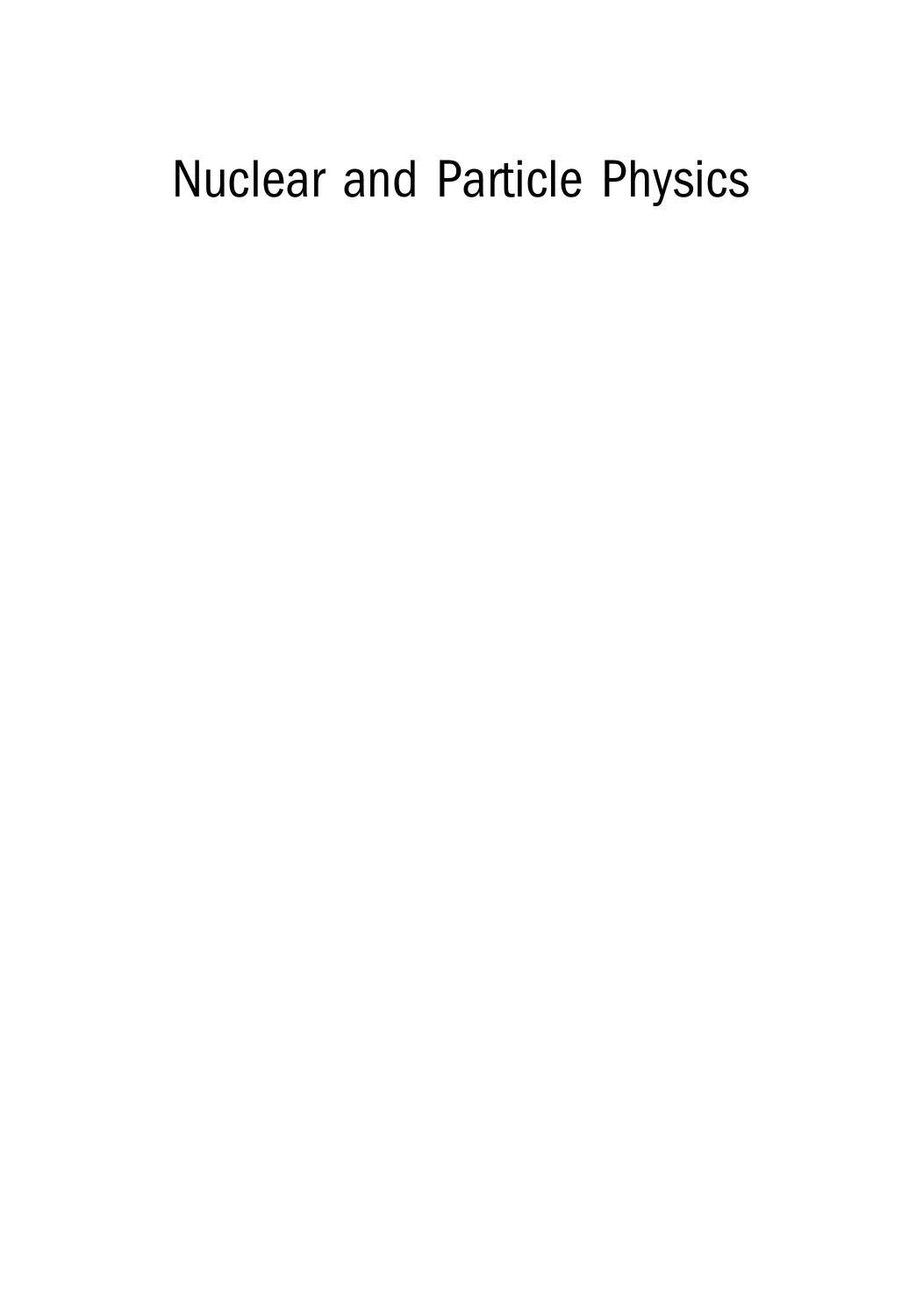

Most ebook files are in PDF format, so you can easily read them using various software such as Foxit Reader or directly on the Google Chrome browser.
Some ebook files are released by publishers in other formats such as .awz, .mobi, .epub, .fb2, etc. You may need to install specific software to read these formats on mobile/PC, such as Calibre.
Please read the tutorial at this link: https://ebookbell.com/faq
We offer FREE conversion to the popular formats you request; however, this may take some time. Therefore, right after payment, please email us, and we will try to provide the service as quickly as possible.
For some exceptional file formats or broken links (if any), please refrain from opening any disputes. Instead, email us first, and we will try to assist within a maximum of 6 hours.
EbookBell Team

0.0
0 reviewsUniversity of Zurich in Switzerland between 1997 and 2012. It is intended as
an introduction to nuclear and particle physics for undergraduate students at the
bachelor’s and master’s levels. Students who intend to pursue a career in experimental particle physics will also find valuable information in some of the more
advanced sections.
This introduction into the world of nuclei and particles is presented from a historical viewpoint and is phenomenologically oriented. Many of the concepts and
phenomena are derived with inductive rather than deductive thinking, following the
paths that often led to their final formulation. A balanced blend of experiments and
theory is presented. An introduction to the basic concepts of nuclear physics is given
before moving on to topics in particle physics which are developed in more detail.
Many formulas are derived explicitly from first principles. The reader is expected to
master the basic concepts of quantum mechanics.
This textbook was originally published in 2007 in German by vdf Hochschulverlag AG at ETH Zurich. The current version is a translation into English which
has been substantially expanded to include very recent developments in neutrino,
heavy quark and high energy physics.
The author wishes to acknowledge the contributions from his younger physics
colleagues, who carefully read parts of the manuscript: Lucian Ancu, Vincenzo
Chiochia, Konrad Nesteruk, Paola Scampoli, Basil Schneider, Sarah Seif El Nasr
and Mauro Verzetti.